|
Kruger National Park The restcamp gates close at 6pm and we barely made it to within sight of the Shingwedzi gate just before 6, so we could mosey our last few hundred feet at dusk. Shingwedzi is on a river by the same name. There was a whole gang of Maribou storks hanging out in a dead tree and in the river below, we saw our first hippos. We could see their nostrils peeking out above the water and occasionally a little baby hippo would float up and get nuzzled by the adults hanging out in a circle. Blacksmith lapwing Stop. Don't strain your eyes in an attempt read my penmanship which earned me an unsatisfactory in 1st grade and has yet to improve. I interpreted below with additions: From my journal: 4/7/16 Today we worked our way south of Shingwedzi camp along the river where things were a bit quiet, yet Eliot and I just did our list and we got a whopping 65 species (of birds). We are a bit tired and maybe over-stimulated from yesterday's bonanza day. We saw a circle of hippos all facing each other and floating down the river like a floatilla of friends in rafts on the Colorado River or the hungry hippo game. Great white egret and a Yellow-billed stork snacking on the river bank. The stork was using a wing-shadow foraging technique and occasionally using its foot to shift around in the mud to stir up goodies. Vervet hangout rock Baboon play and a Crested Barbet I could watch them for hours. Checking out the new baby Ground hornbills foraging in a group like a theatrical search party noshing on mollusks and other things that were hard to identify. We stopped for a picnic and a hike at Mopani Rest Camp. Mopani overlooks the Pioneer Dam and it is in the heart of mopani shrubland. Mopani is a tree/shrub in the Fabaceae family and it does well in the very hot and dry climate. Wee-ooh wim-o-weh. Wee-ooh wim-o-weh. In the jungle, the mighty jungle....are you singing it yet? I was. It's funny how much I thought about the Lion King cartoon on that trip. Sure, I thought about all of my classes from college with (usually Kenyan) examples, but it was that first dramatic and amazing cartoon that was usually the clearest in my mind. They got a lot of things right and I haven't gone back to fact check (though I think the baboon might be especially wrong), but I think the baobabs are drawn pretty well. Baobabs (Adansonia digitata) are markers of a water source, but persist in hot and dry savannas. They are culturally hugely important not only because they are symbols of the presence of water in an incredibly dry place, but because they also provided shelter, edible fruit, a place for gathering and provide many natural remedies. They are the cottonwoods of the American west to me. They can live to be 1,500 years old (we think) and anything with that kind of history also has quite a few superstitions attached to them. A book to be written another day. Inverts of the fence Letaba River Bridge. Apparently, it is ok to get out of your car on large bridges. Then, at least, you can see the lion charging toward you before it eats you. We stopped at Letaba restcamp for a walk. It is lovely. If we go back, we might just have to stay here. This hippo was foraging with some Crested guniea fowl. The BIG 4/5 before we saw our first rhino!
1 Comment
|
Archives
July 2018
Categories
All
|
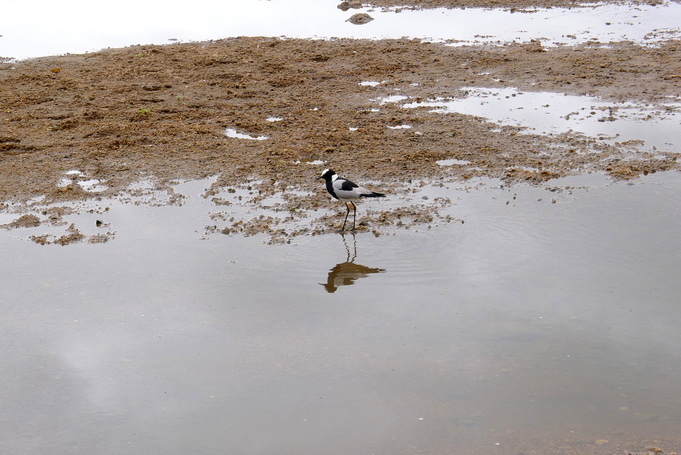
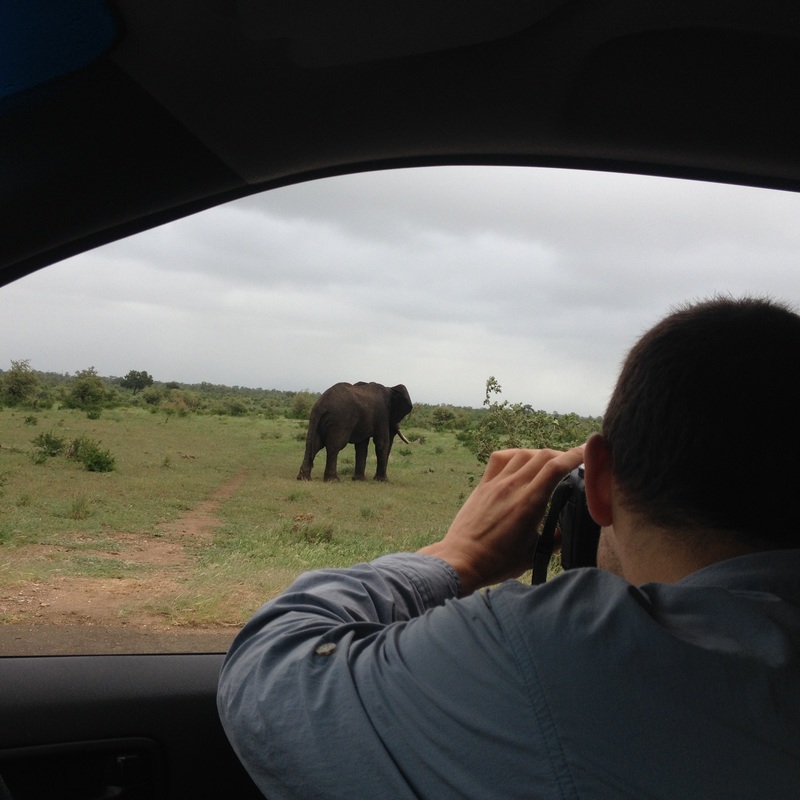
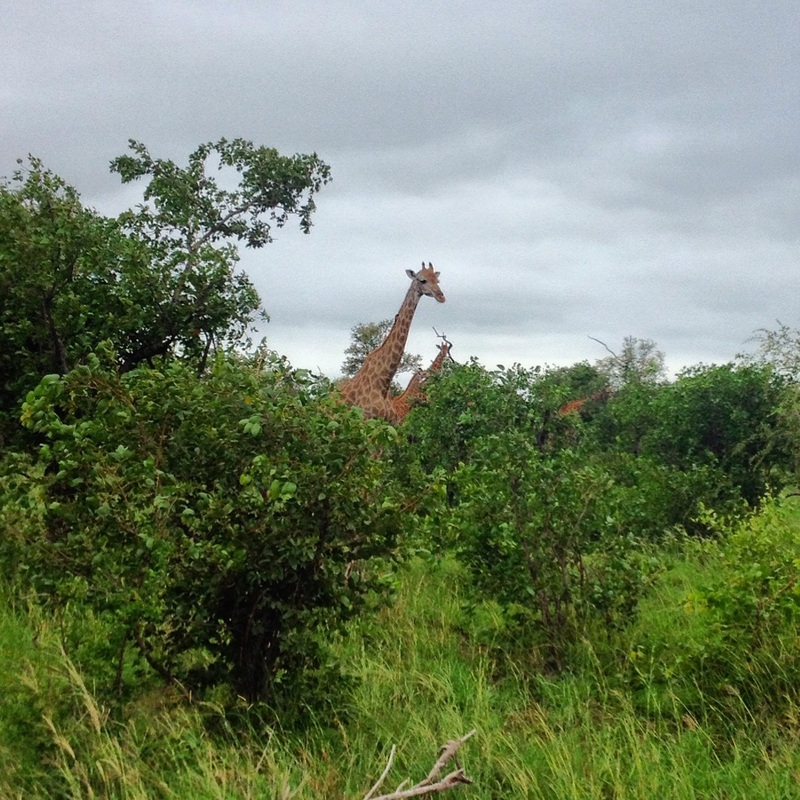
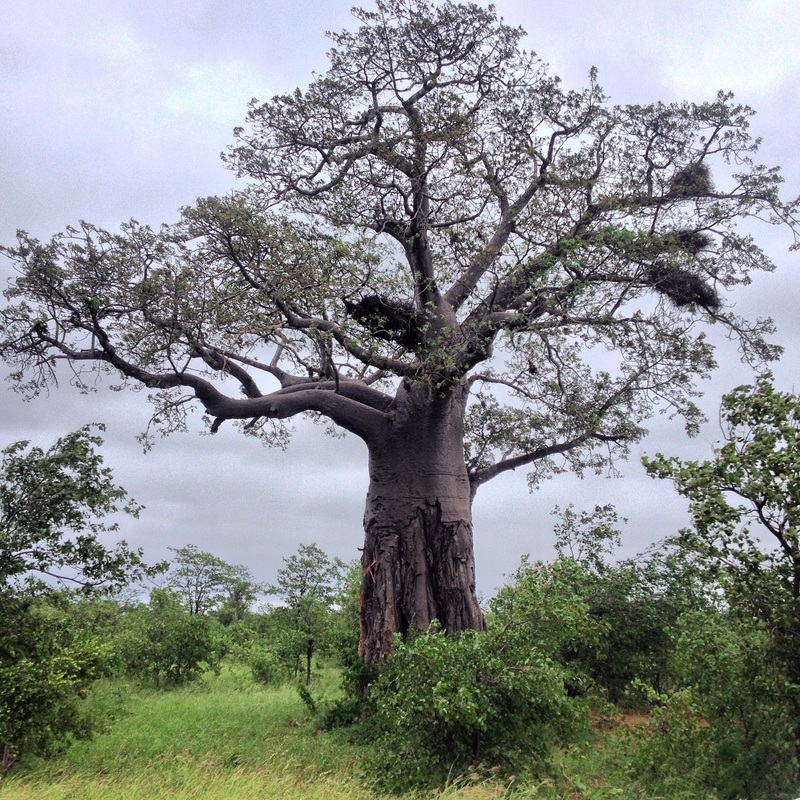
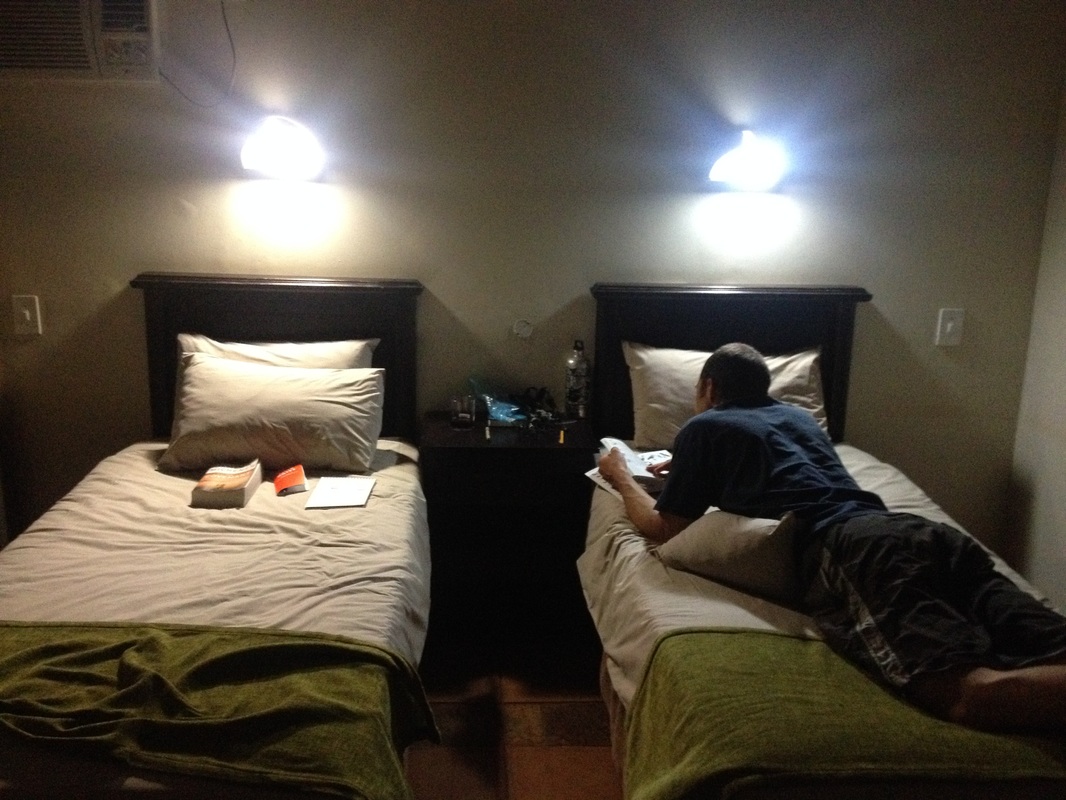
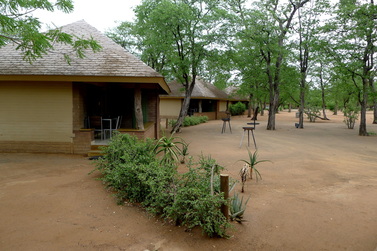
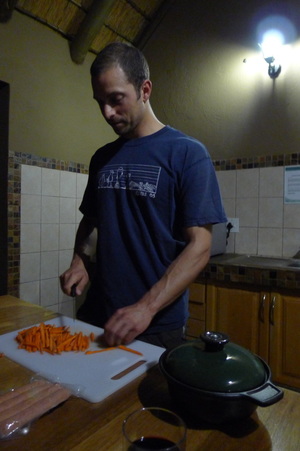

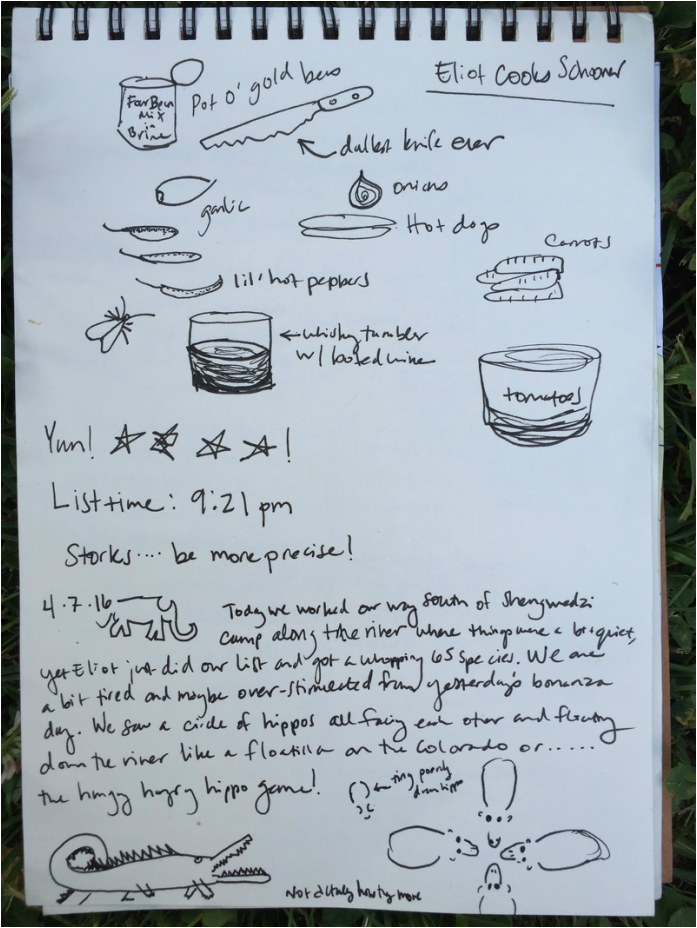
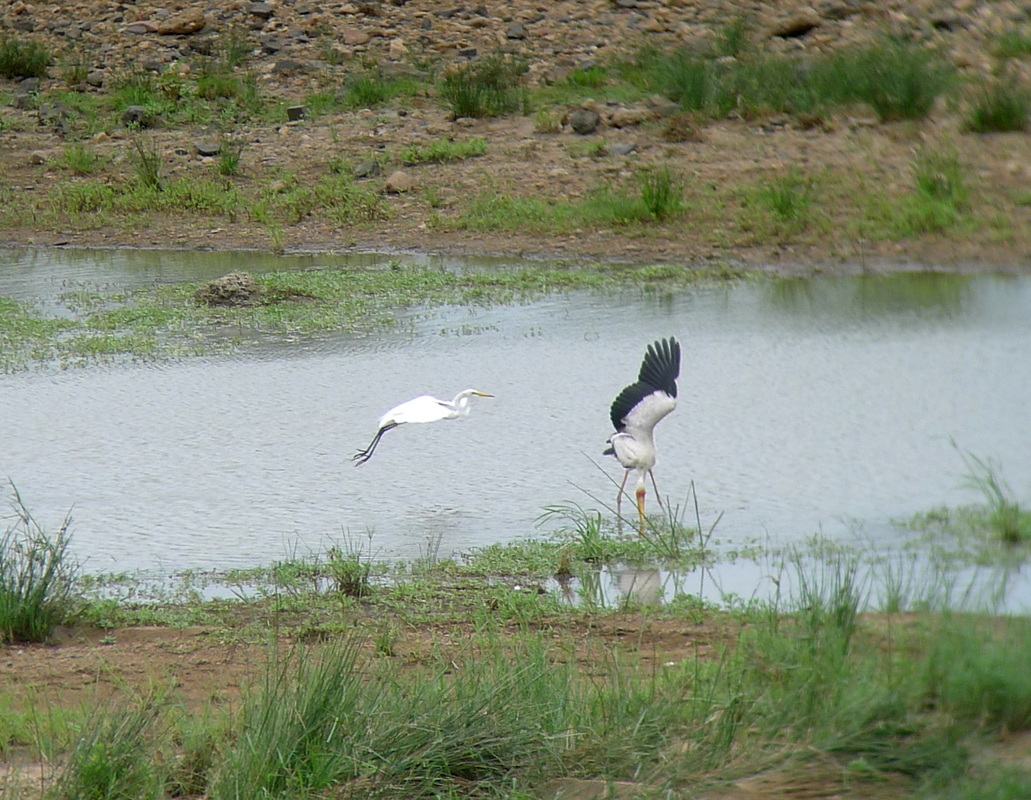
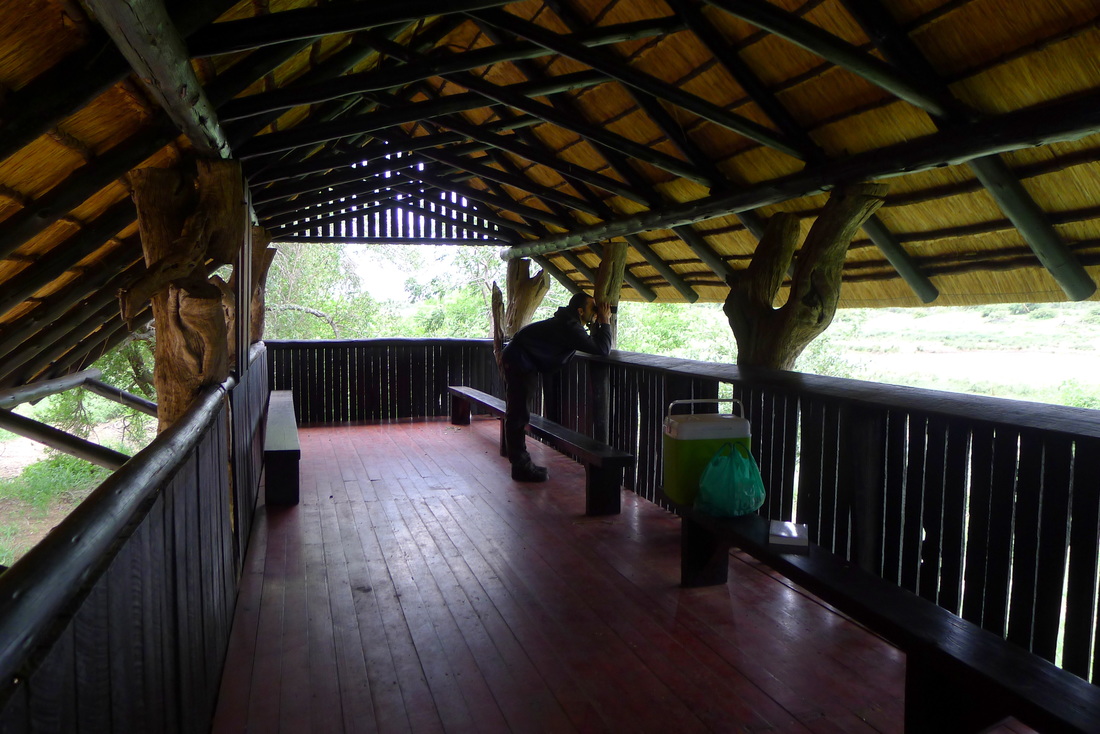
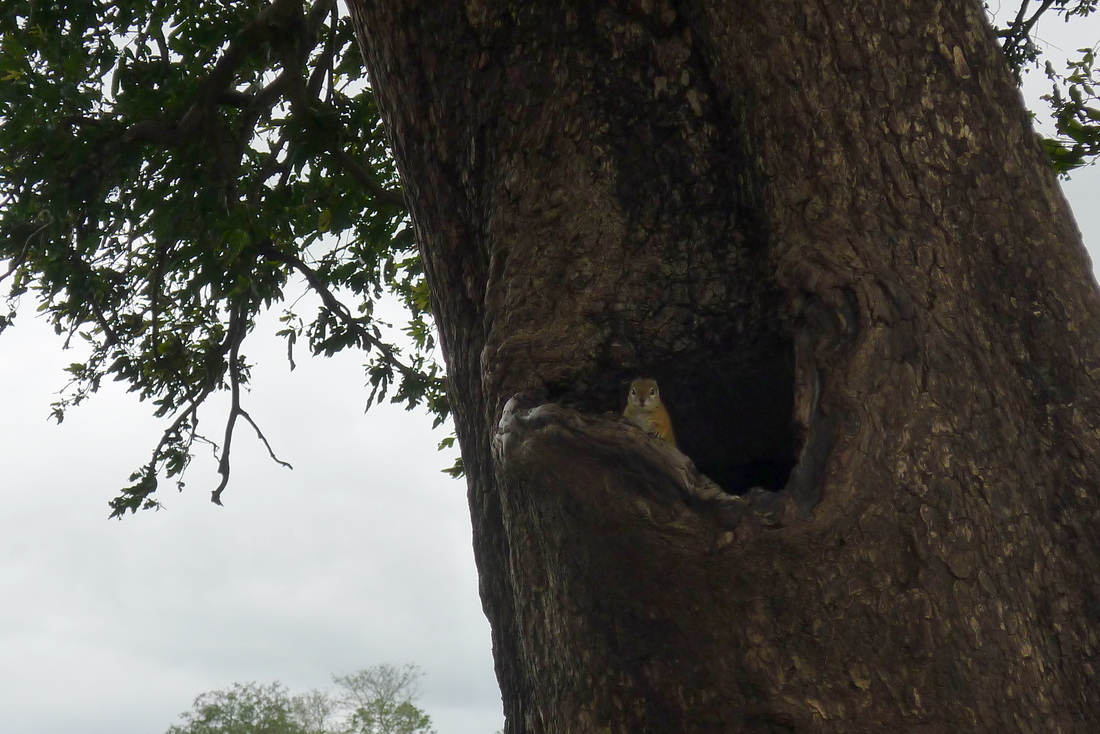
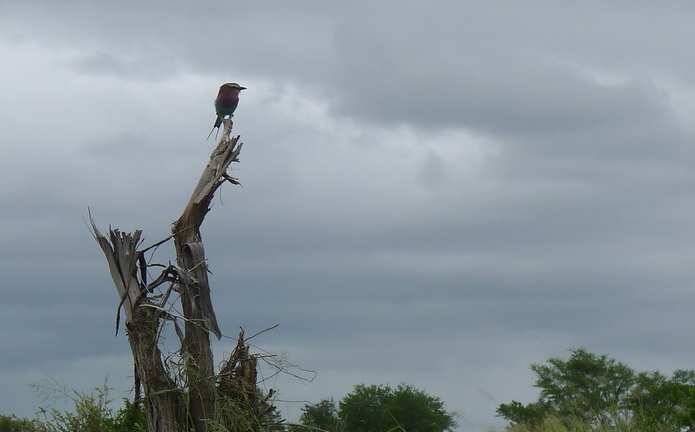
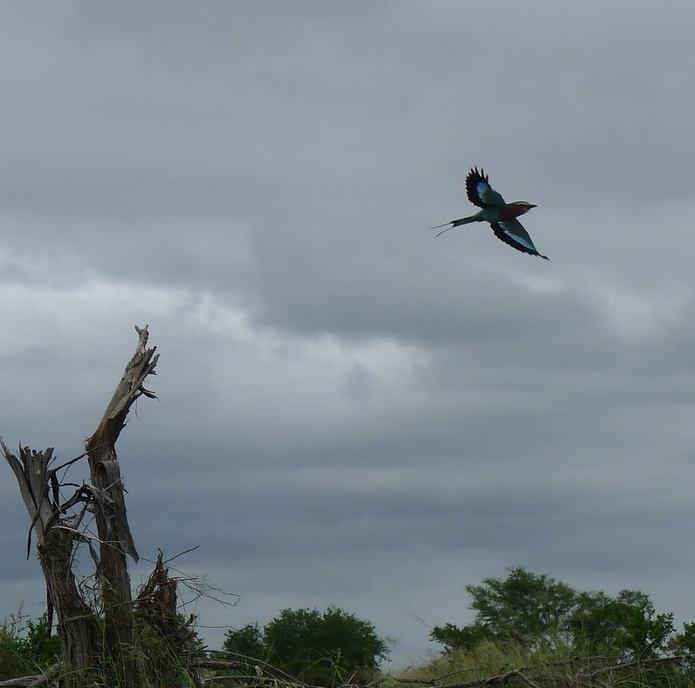
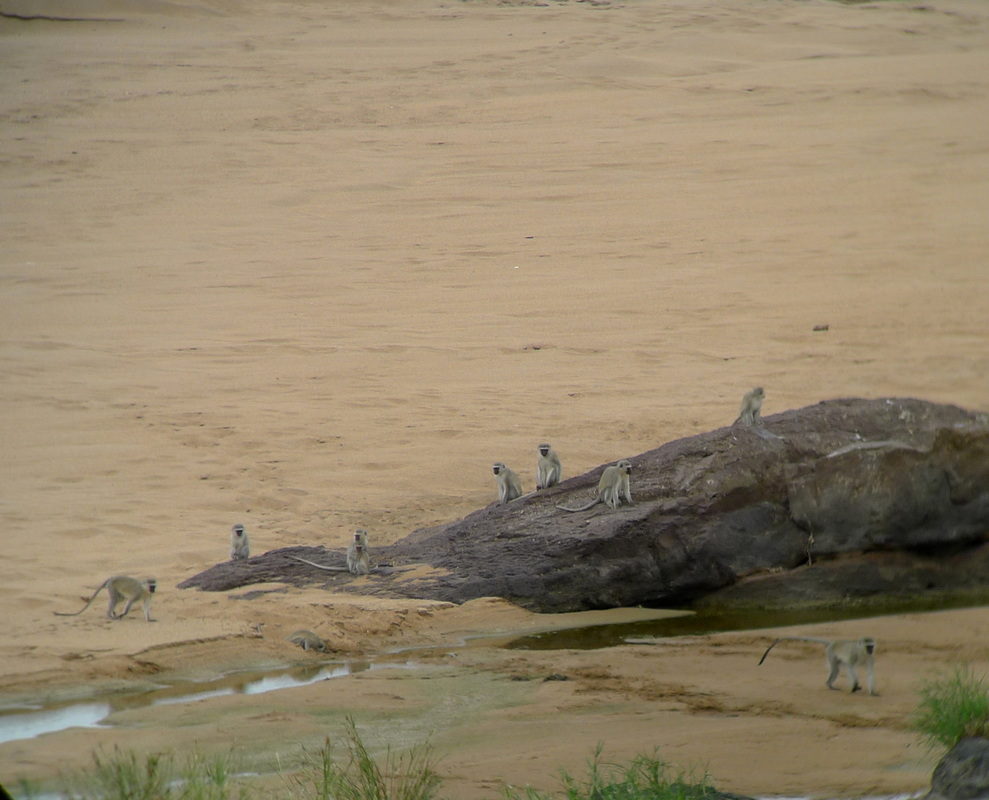
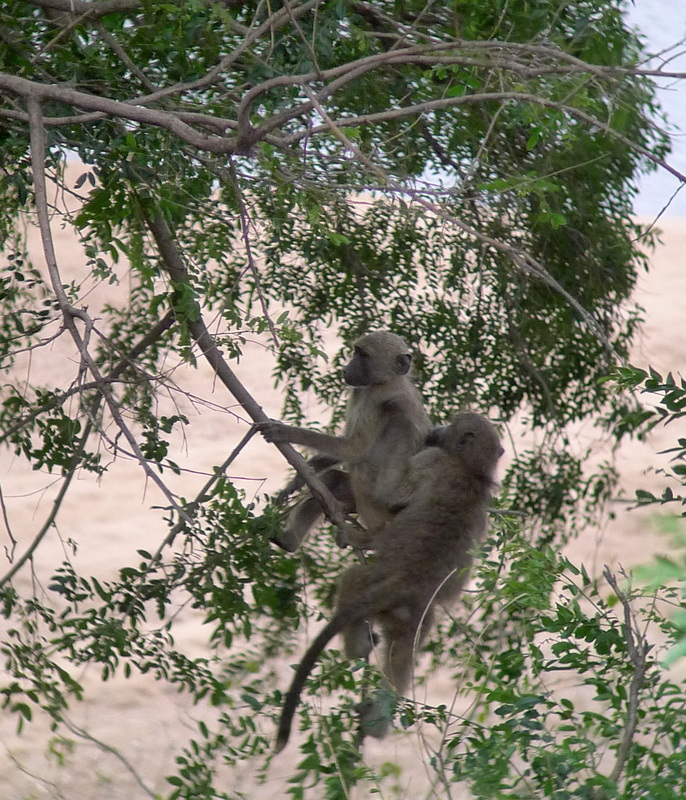
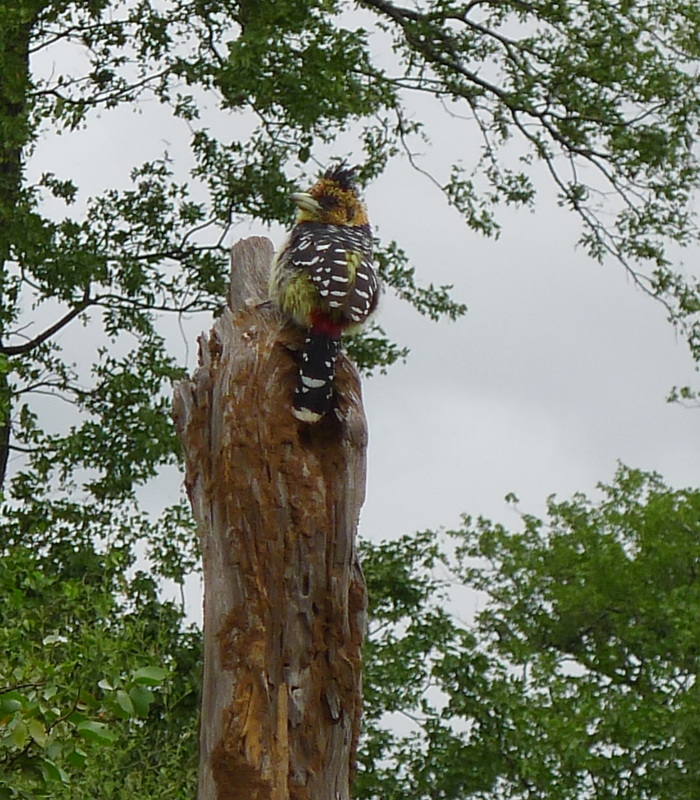
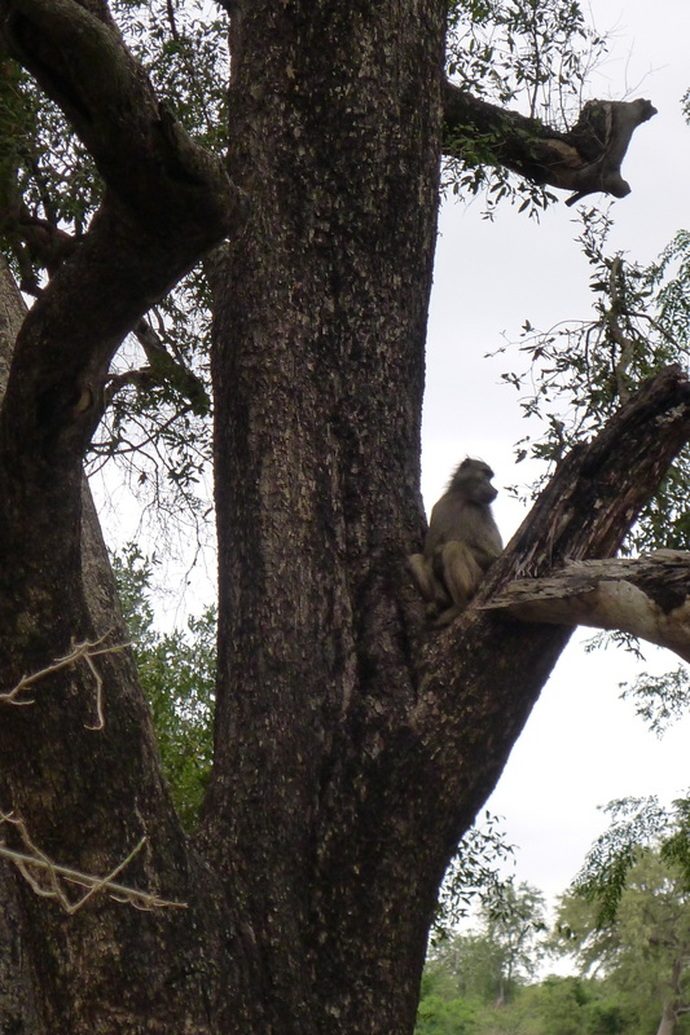
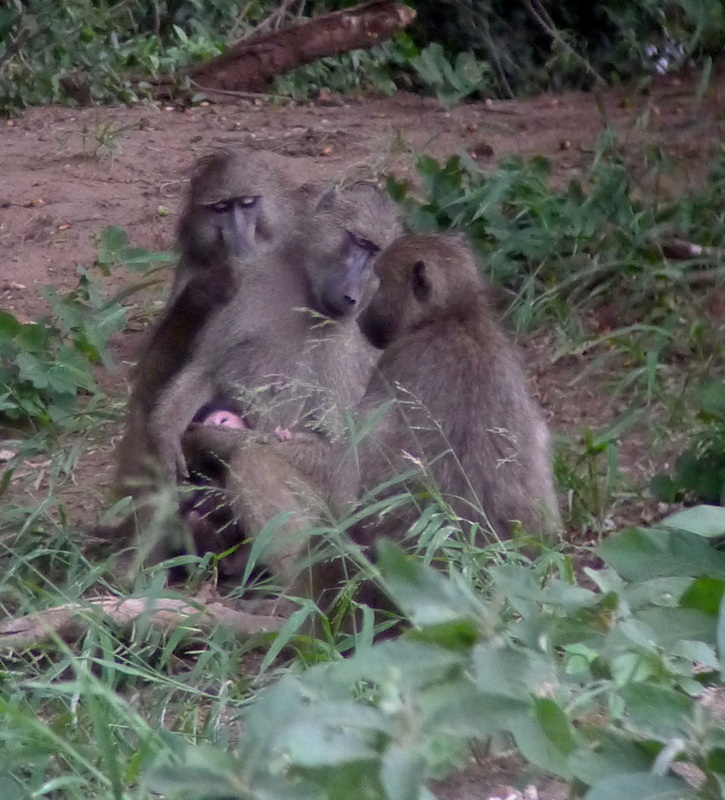
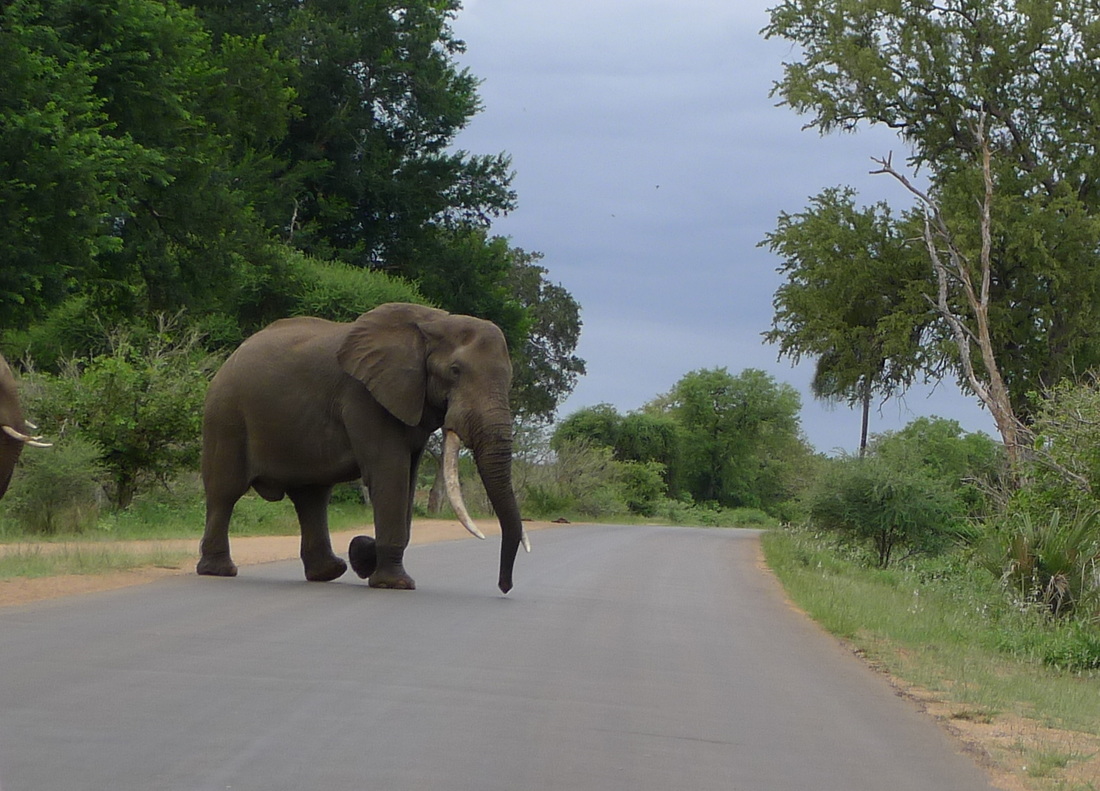
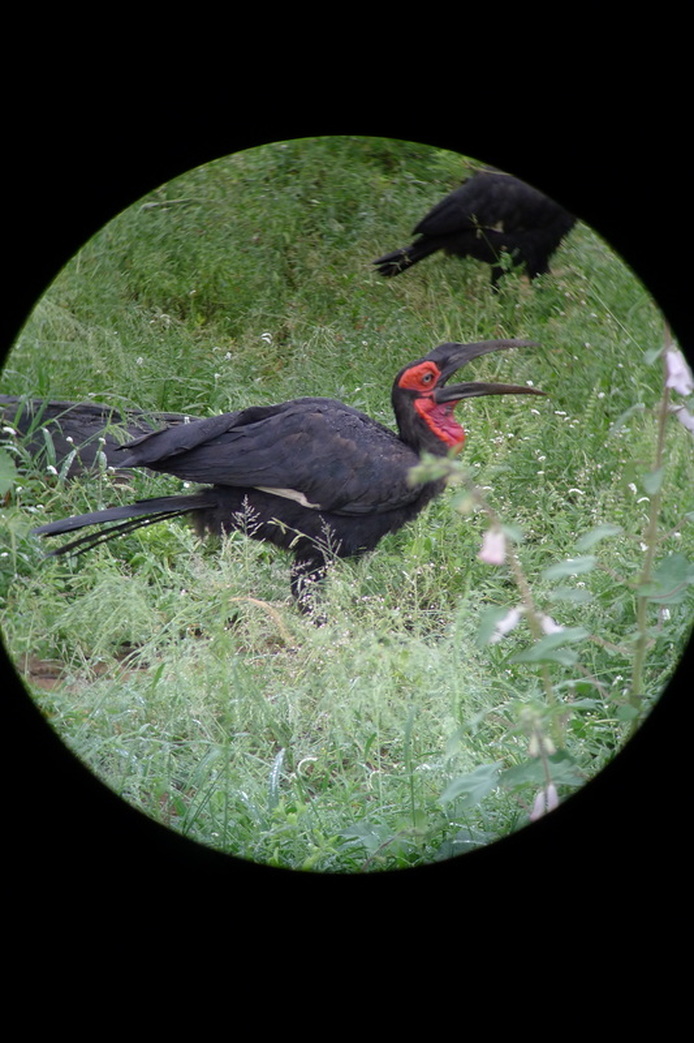
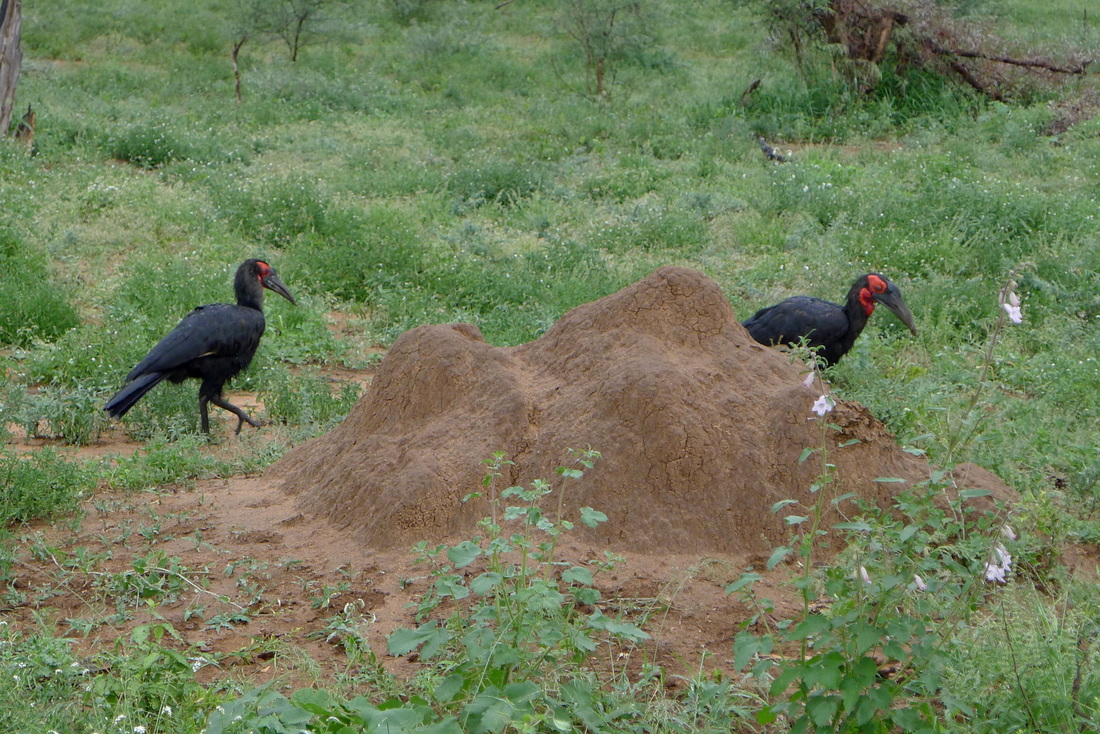
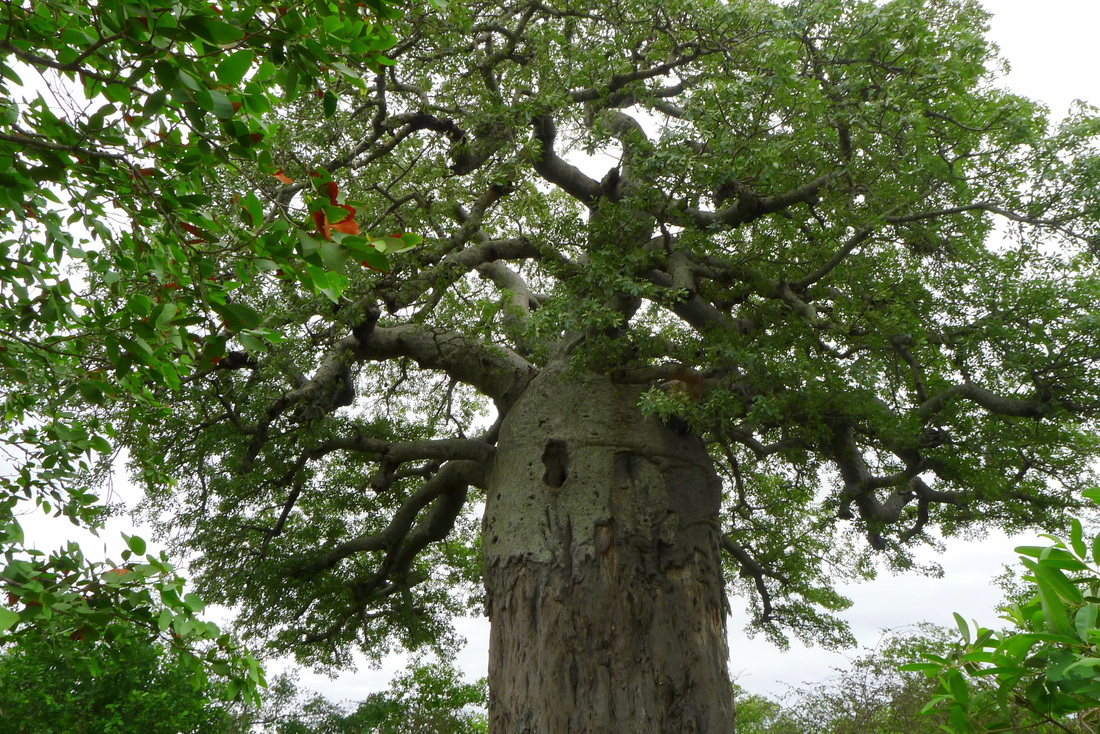
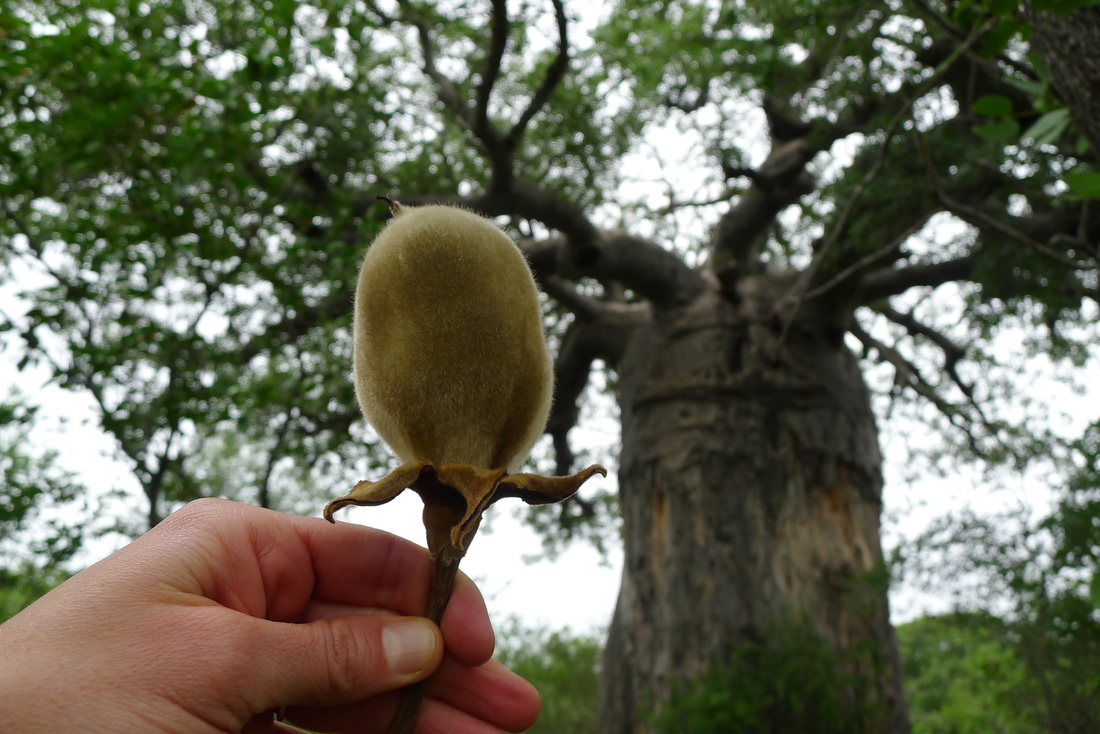
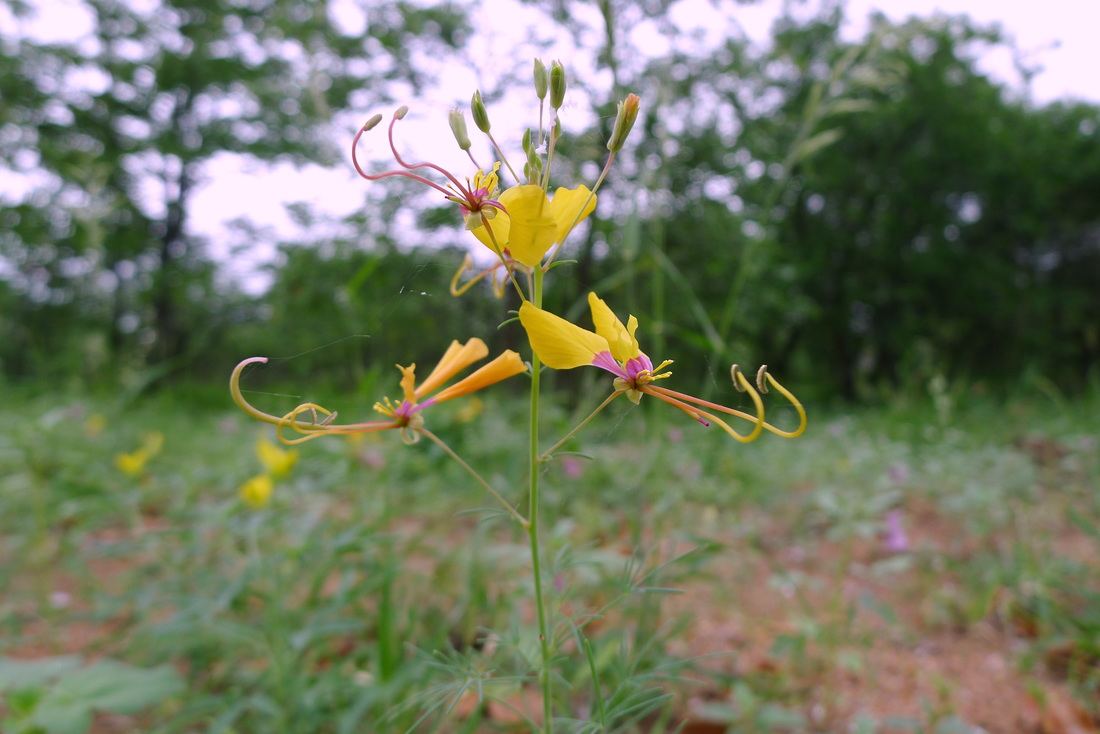
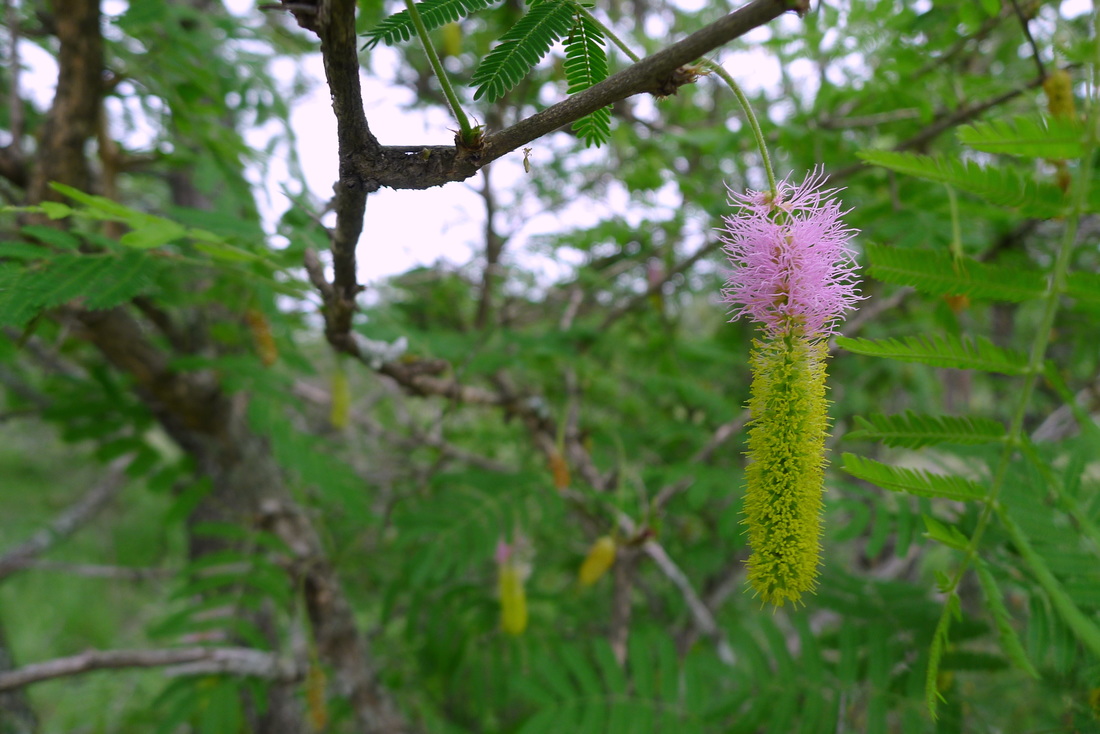
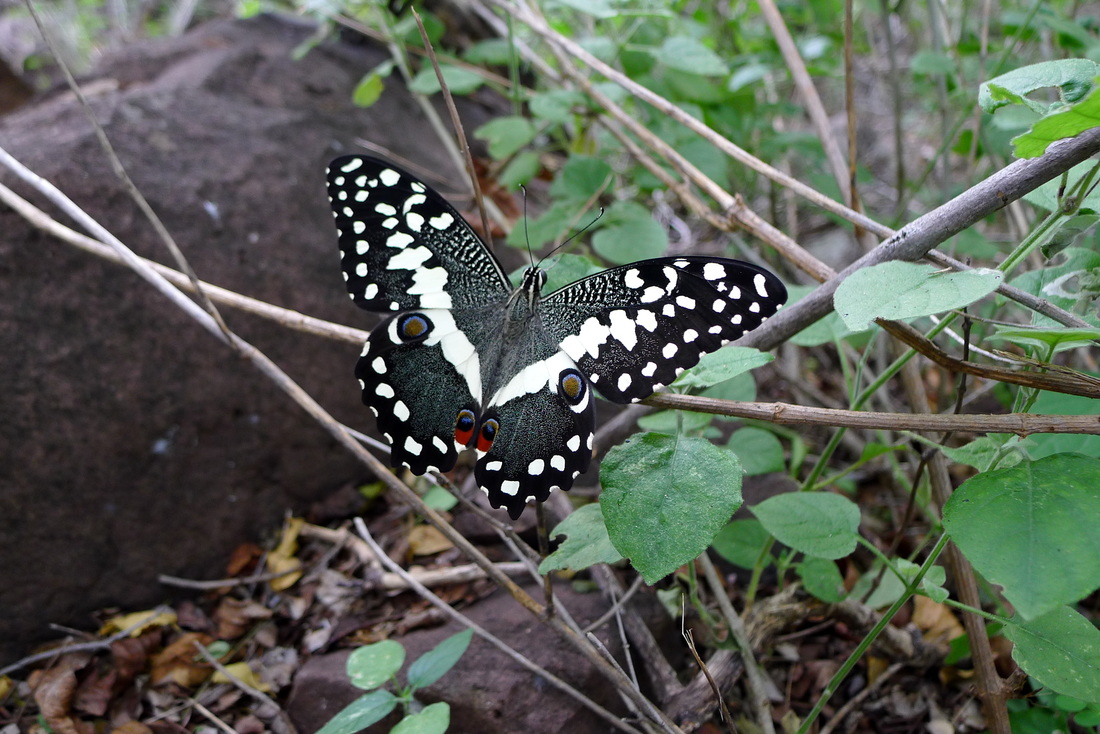
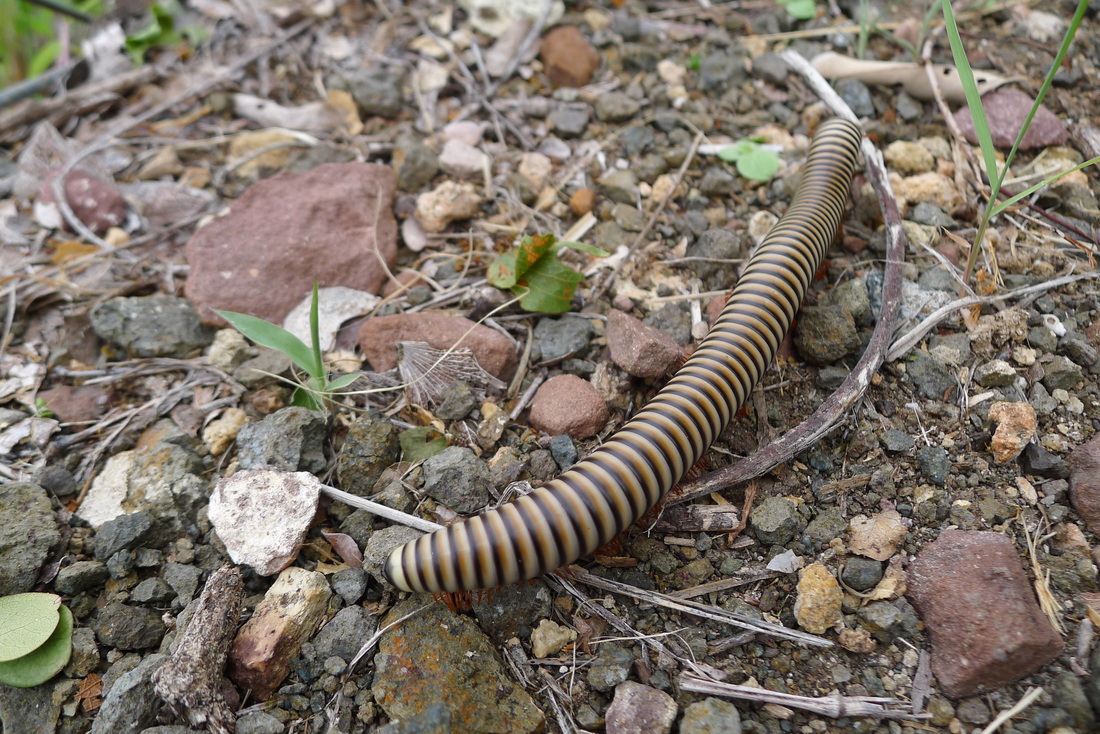
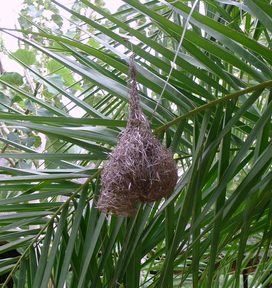
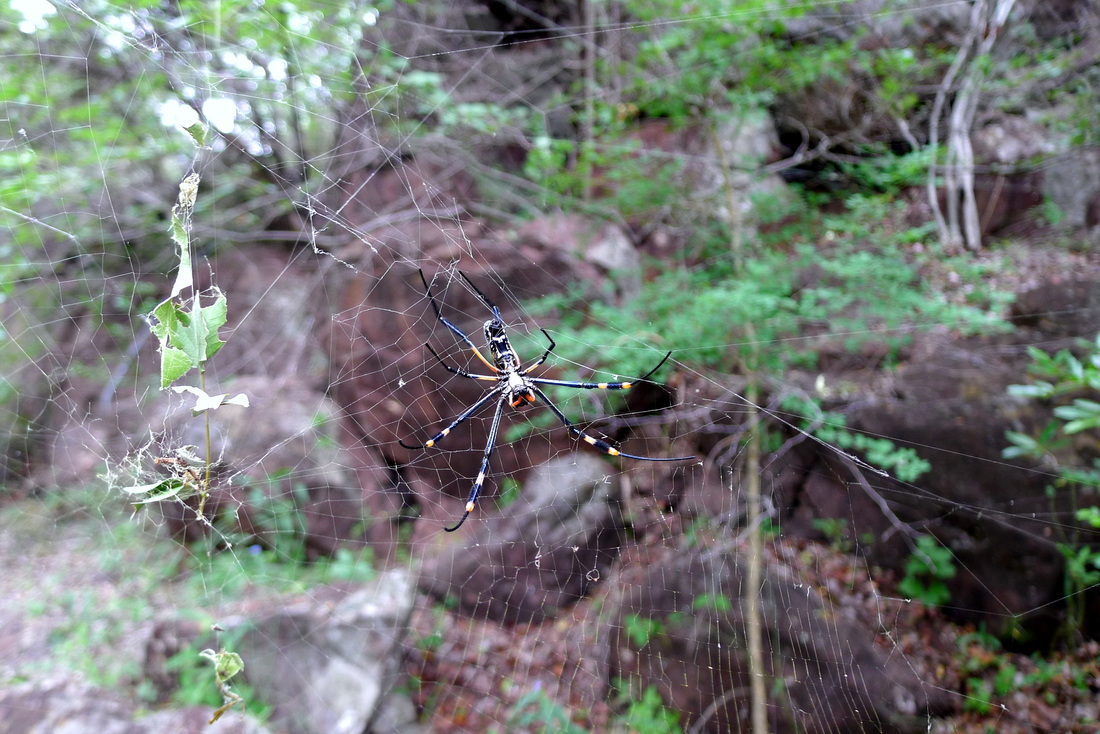
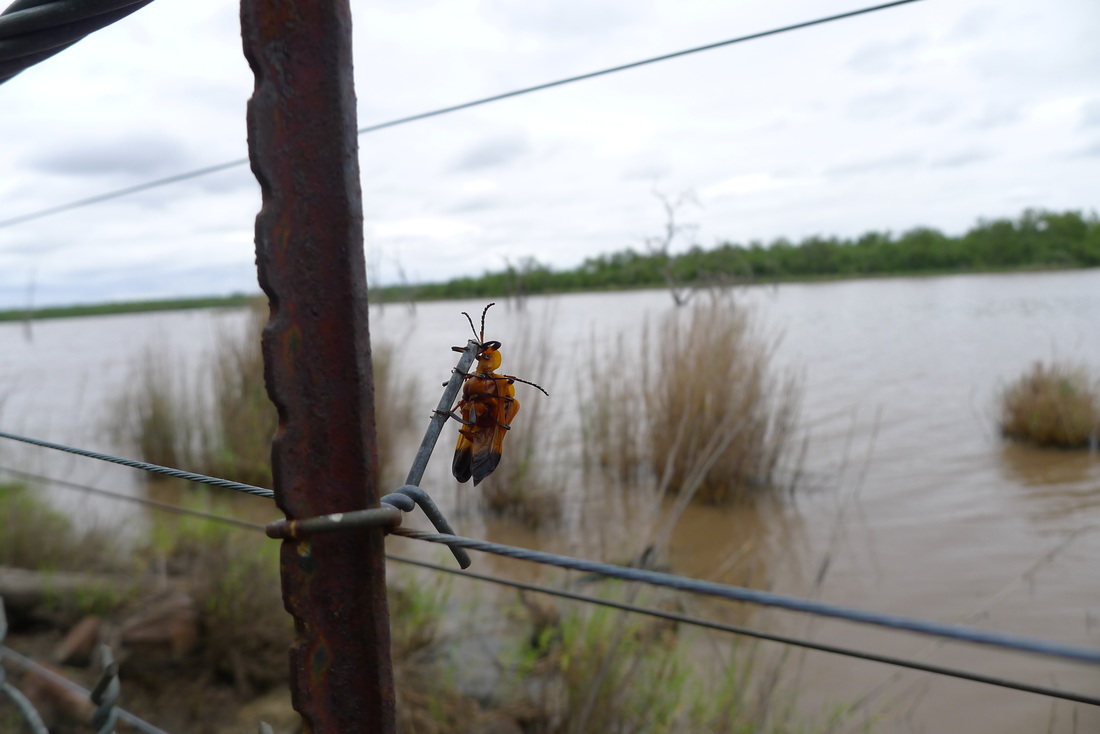
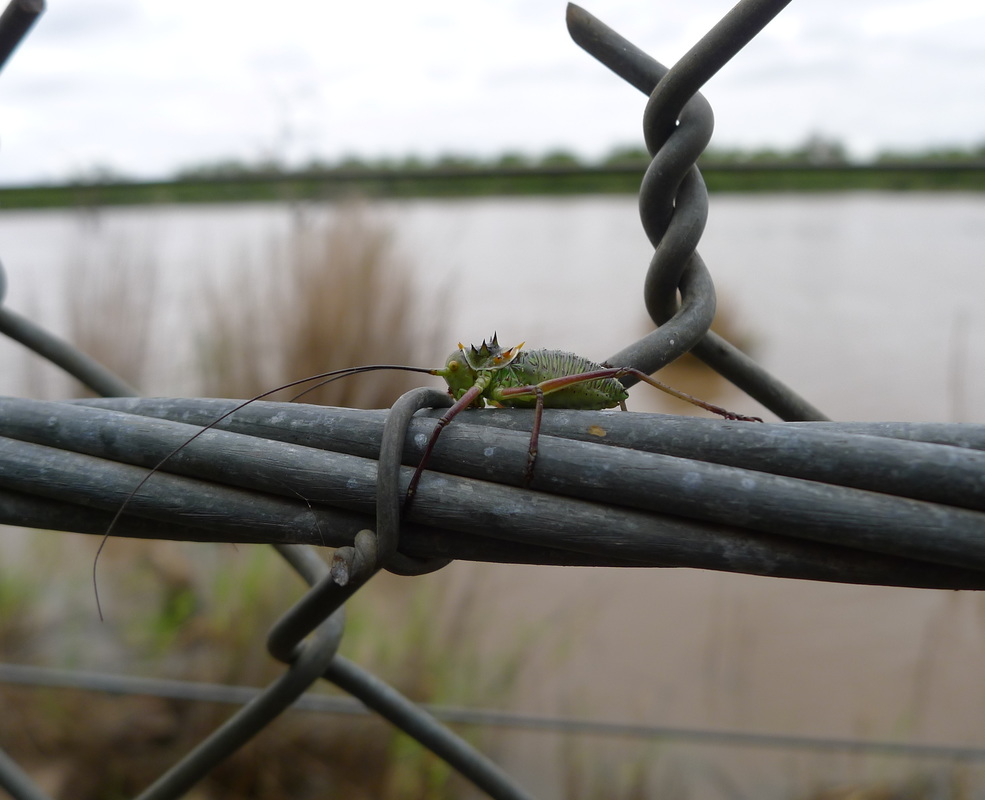
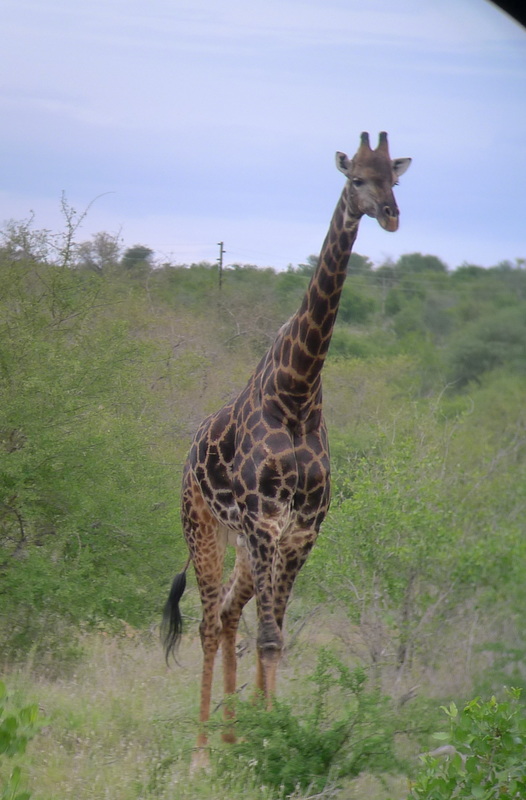
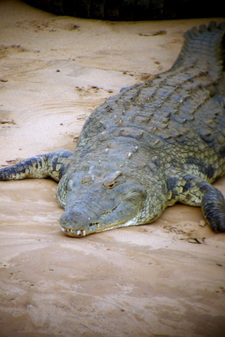
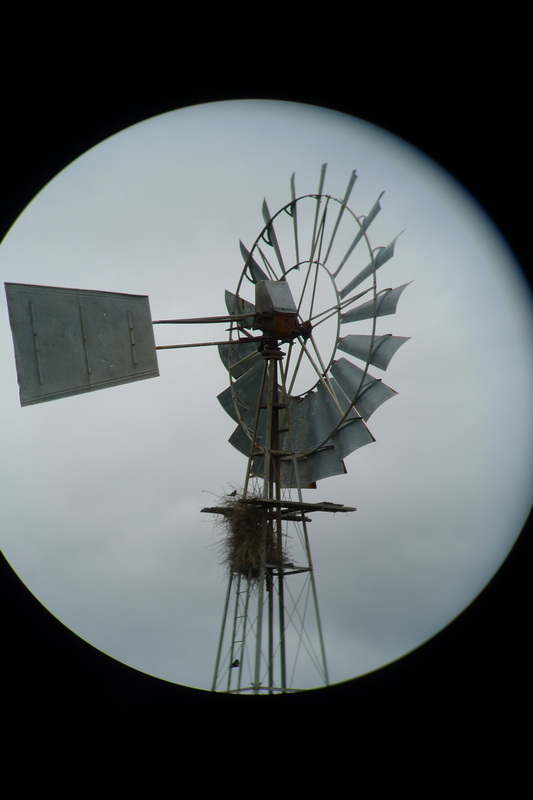
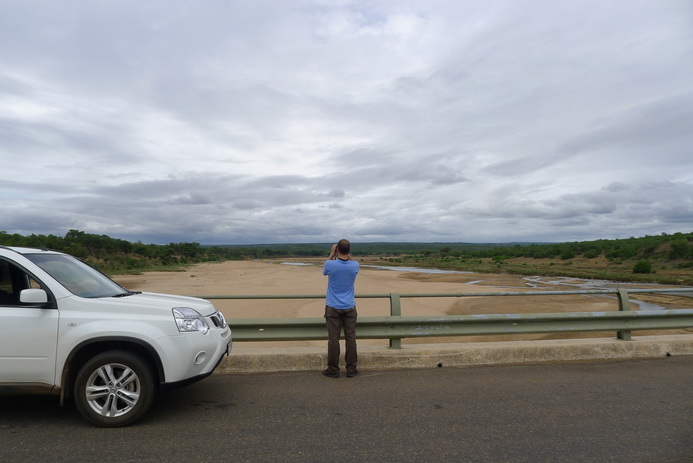
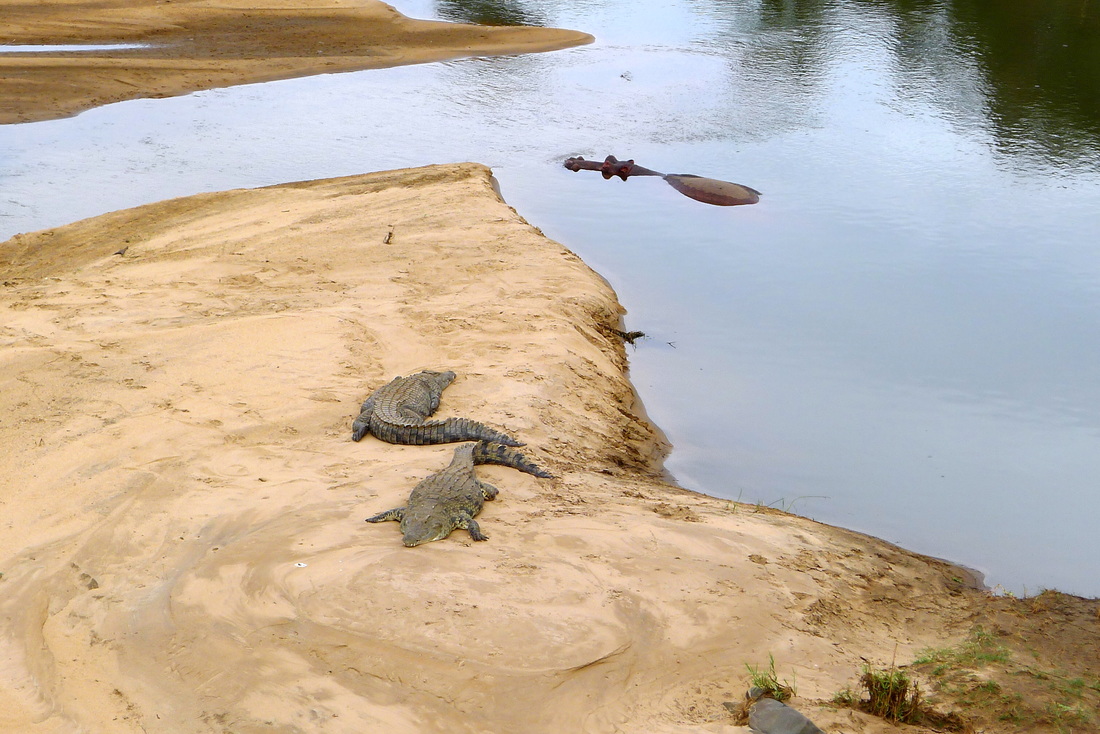
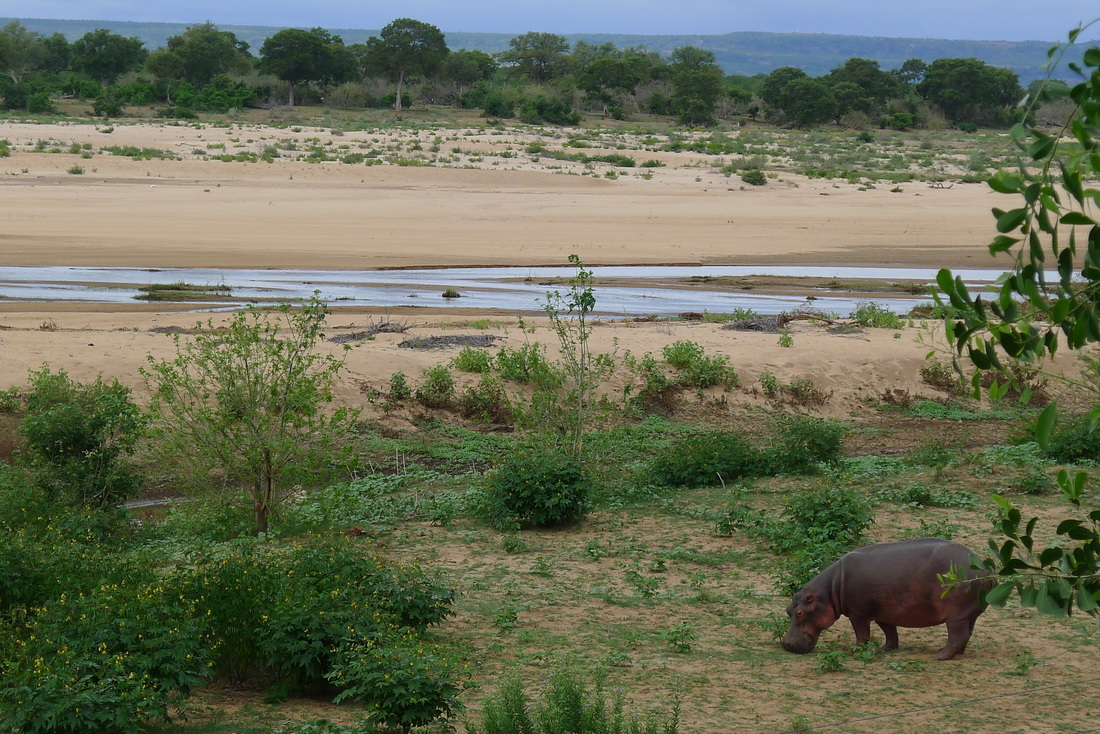
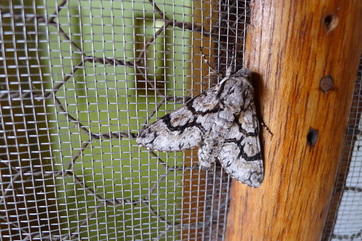



 RSS Feed
RSS Feed
